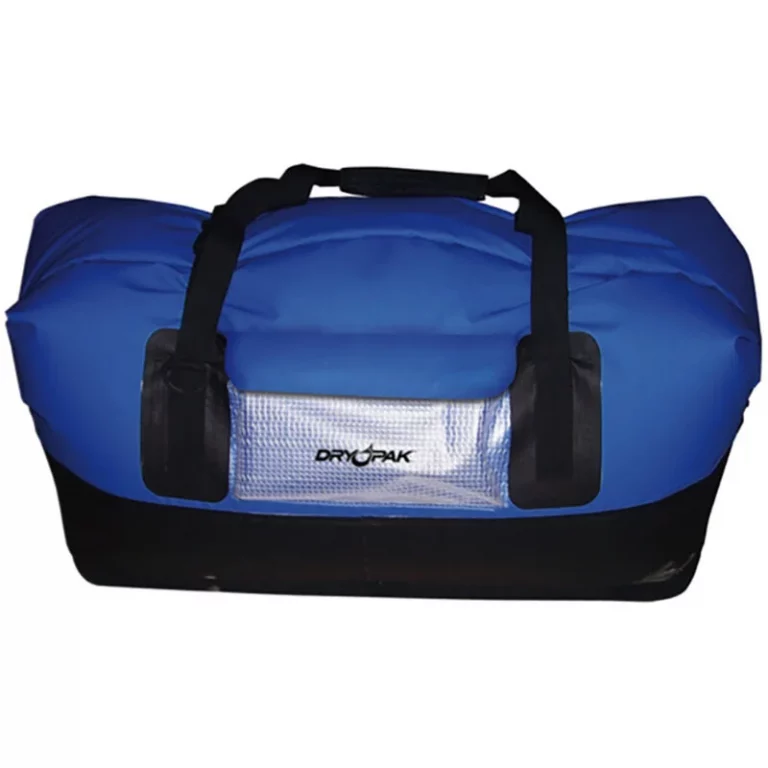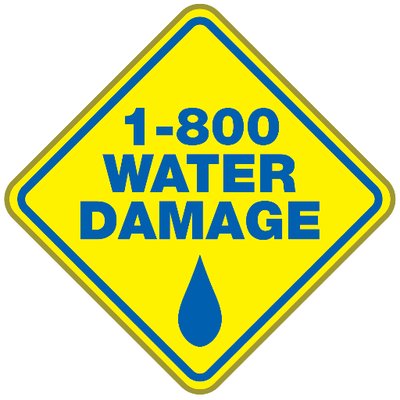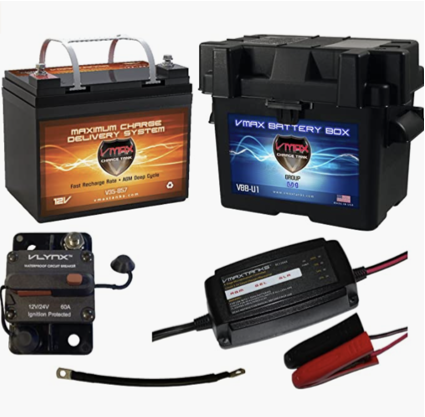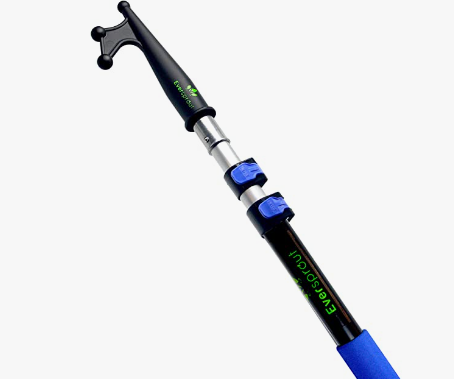Last Updated on October 4, 2022 by Brian Drew
Time spent in Sea or Ocean enriches our soul with incredible sights like sunrises, sunsets, and thin crisp air. A sailor’s day depends on how the sea behaves. When it is cool and calm, he has a smooth sail but when it is stormy or rough it becomes a nightmare.
‘A Smooth Sea never made a skilled sailor.’ A sailor gets great experience if he is efficient enough to get through the troubles in water. The journey at Sea becomes more adventurous and safer if the sailor is alert, knows what to do in cases of emergencies, and acknowledges that sometimes, some things can go wrong.
When we think about the disaster in Ocean, the first thing that comes to anyone’s mind is ‘drowning’. The immediate answer to this problem is to wear a ‘Life Jacket’ to keep oneself afloat.
The fear of getting drowned terrifies the person be it a pro or just a beginner. But when geared up with the right kind of safety aids, one gets hope and time to maneuver his way to safety.
What are life jackets?
A personal floatation device, or a life jacket, is worn to make sure that the wearer stays afloat in the water. This is the most essential equipment to safeguard one’s life. As the basic safety rule for sailors or water sports adventurers, it is mandatory for everyone on board to wear these jackets.
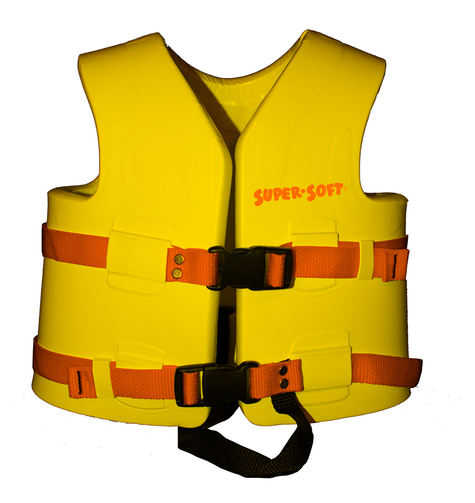
Also, it is necessary to ensure that users are well-informed about the operating instructions as also the emergency procedures to prevent damage.
Why are they mandatory?
Where there is a risk for life in water, these jackets are a godsend to protect one’s life. From ancient times, be it in a big vessel or small personal boat, these jackets are considered one of the most important flotation devices. It keeps the wearer floating in water for some duration enabling him to swim to safety or to wait for assistance.
A well-equipped ship or boat that follows the marine safety measures, contains individual jackets for each and every person on board. In fact, in all nukes and corners of the ship including working places, resting cabins, and engine rooms there are jackets stocked for emergencies. Apart from owning or wearing the jackets, the person has to understand how a jacket helps to float, and also he should understand the mechanism behind its functionality so as to act wisely when some fault happens.
What is a life jacket made up of?
The best life jackets once were manufactured using natural materials like balsa wood, vegetable fiber like kapok, and more. These substances gave the jacket a waxy coating and good insulation helping in creating natural buoyancy in water. The jackets that were made using natural foam are known as inherently buoyant jackets as they work with naturally created buoyancy.
Nowadays, life jackets are made with nylon or plastic foams that make them light-weighted and easy to wear. These jackets are classified as inflatable and hybrid jackets. Designed to suit the needs of present-day sailors or water sports lovers, the outer cover of these jackets is made up of nylon or vinyl with a durable floating substance sewn inside. But the most sought-after jacket is created using plastic foams like polyvinyl chloride and polyethylene which makes it cost-effective and durable. Moreover, modern-day jackets are not bulkier when compared to inherently buoyant jackets and thus making is easier to use. Inflatable jackets need manual inflation and hybrid variety work with a mix of natural buoyancy and manual inflation.
Why Do They Float?
Knowing how floatation devices work is imperative because it will help you handle any kind of emergency. If not, you will be left wondering how such a light piece of equipment can handle your weight and keep your head above water. The principle of buoyancy is behind floatation devices and their ability to help you when you’re stranded in the water.
Buoyancy
- The buoyancy of any stuff is invariably proportional to the amount of weight it displaces.
- The more the weight of a body displaces, the more buoyancy gets created.
- Buoyancy is termed as the upward trust given by the water against the weight of an object immersed.
- Even though a jacket weighs less it generates a buoyant force to keep the weight of the body upwards.
How to use a life jacket?
The wearer needs to read through the safety procedures like fastening the straps etc while wearing the jacket. The usage varies depending upon the type of
- A foam jacket is easy to use as it doesn’t demand any additional effort to make it function other than tightening the straps.
- A jacket with air chambers needs to be inflated to fill the air chambers. Inflating can be done either by using a gas canister or manually. In the case of a canister, the wearer has to pull the cord to release carbon-di-oxide that inflates the air chambers. The canisters require replacement as it expires
- The advanced type of jacket inflates automatically when dropped in salt water. These are called hydrostatic release jackets.
Choosing the right one for you and your kid
Various kinds of jackets have different features so as to utilize them in various activities like sailing, fishing, kayaking, and more. Identifying and choosing the correct type of jacket is crucial to have a safe time on the Sea.
Some of the criteria to be followed while selecting a jacket for you are:
- The jacket that you narrow down should fit your size properly. A small-sized jacket may create discomfort and a large one may slip out of your shoulder.
- Its design should match the requirement of the activity to be undertaken by you.
- Choose the jacket that retains the body heat when used in any kind of water be it calm or rough, cold or hot.
- Most of them are designed in such a way that the wearer needs to keep his head above the water in a vertical face-up position.
- If you want a hassle-free jacket, opt for an inherently buoyant jacket that gets inflated without any effort. Made up of natural foam it looks bulkier than other types but it is highly reliable.
- If you are a good swimmer, choose inflatable jackets that have to be inflated either manually or automatically while using.
- If you wish to buy the advanced type of jacket, go for a hybrid jacket which is designed with both buoyant foam material as well as an inflatable air chamber.
While purchasing a jacket for kids, the following tips should be kept in mind.
- One of the commonly used jackets for kids is inherently buoyant, which is comfortable and easy to wear.
- For younger kids, toddlers, or infants, Type II jackets are most suitable. These offer support to the head and neck and thus reducing the risk of getting hurt while in water.
- For children weighing above 30 lbs, type III jackets are most appropriate.
Conclusion
The sound knowledge of how a life jacket functions help the sailor or an adventurer to act smartly in case of danger. Moreover, owning the right kind of life jacket to suit your activity is vital.

